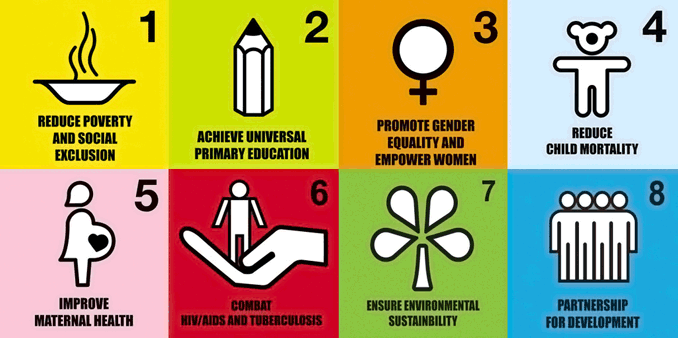A History of Infection
For centuries, communicable diseases, those that are easily transmitted through direct contact with an infected individual or via a vector, were the main causes of death around the world. The Black Death of 1347 A.D. killed an estimated 25 million Europeans over a 5-year period. The introduction of smallpox, measles and typhus in the 15th and 16th centuries into native populations by European explorers was responsible for mass infection and mortality, decimating entire communities. In the 18th century the deaths of 60 million Europeans were attributed to smallpox, with a mortality rate of over 30% for those infected, and a mortality rate of 80% for children under the age of 5. By 1918, the Spanish Flu killed an estimated 25-30 million people representing 2% of the worlds 1.7 billion people.
Life expectancy was often limited by uncontrolled epidemics, but by the end of WWII modern medical research achievements in vaccines, antibiotics and improvement of living conditions rendered many of the world’s most devastating and infectious diseases inert. The discovery of the antibiotic penicillin and the development of a vaccine for rabies are just two examples of groundbreaking medical research and innovation which brought new hope to the treatment and management of infectious disease. This new hope however, was not realized globally and many of the world’s most impoverished jurisdictions would soon find themselves battling infectious diseases already largely eradicated from the Western world.

Contextualizing the Global Burden of Chronic Disease
The age of industrialization gave rise to new forms of disease, which were non-infectious in their pathology and largely relegated to the Western world. Non-communicable diseases (NCDs) can be described as chronic non-infectious diseases which have a long duration and a slow progression. When high incidence and prevalence of NCDs began to emerge, cardiovascular disease, cancer, diabetes, chronic pulmonary and mental health conditions were generally associated with increased economic development. However, by the 1990s, the tides of disease had shifted, and this new class of NCDs became a significant burden for the strained and underfunded health systems in many developing nations.
The 8 Millenium Development Goals; Poverty is closely linked with the development of NCDs, which poses a threat towards the realization of the UN Millenium Development Goals
Today, NCDs account for 36 million deaths globally each year, with 80% of deaths (29 million) occurring in poorest and most marginalized regions of the globe. By 2020, it is predicted that NCDs will account for 80% of the global burden of disease, causing seven out of every 10 deaths in developing countries. According to the latest World Health Organization (WHO) estimates, cardiovascular diseases account for most NCD deaths, or 17.3 million people annually, followed by cancers (7.6 million), respiratory diseases (4.2 million), and diabetes (1.3 million). These diseases share the same 4 risk factors – tobacco use, physical inactivity, the harmful use of alcohol and unhealthy diets – all risks that are becoming increasingly common in developing nations through globalization.
Does Wealth = Health?
The rapid rise in NCDs is predicted to hinder poverty reduction initiatives in low-income countries in the developing world by forcing up household costs associated with health care. This will impact the health and wellness of those who are most vulnerable and have limited access to high quality clinical services. The inflated costs associated with NCDs, including lengthy and expensive treatment and a loss of primary household income are forcing millions of people into poverty annually. Furthermore, low-income groups do not have the same access as high-income groups to services and products which protect them from the risk factors associated with NCDs.

One metric for assessing health system performance is to measure the proportion of GDP that is spent on the provision of healthcare services. In almost all jurisdictions globally (with a few outliers), there is a positive correlation between life expectancy and per capita health expenditure (see figure 1). There are other factors at play, as no two economic, social and health systems in a given country are the same. Sri Lanka is a good example of a nation that is considered low-income, with a low proportion of GDP spent on healthcare provision, yet consistently scoring high on well-being and life expectancy. This is largely due to the adoption of good policies which are complementary to achieving the Millenium Development Goals through the mitigation of inequality and inaccessibility.
Individual countries must adopt health prevention strategies which are tailored to their specific health, population and economic demographics. There are a number of ways to reduce the risk of NCDs and thereby reduce the strain on economic and healthcare systems. Chief among these strategies are high impact essential NCD interventions to strengthen early detection and timely treatment, reducing the need for expensive and extensive treatment. A well managed, timely and targeted healthcare system would allow for the reinvestment of dollars back into other development and diversification initiatives.
To learn more about the World Health Organizations Global NCD Action Plan follow this link http://www.who.int/nmh/publications/ncd-infographic-2014.pdf?ua=1
Check out the organization NCD Free to become a global force for change in your community




